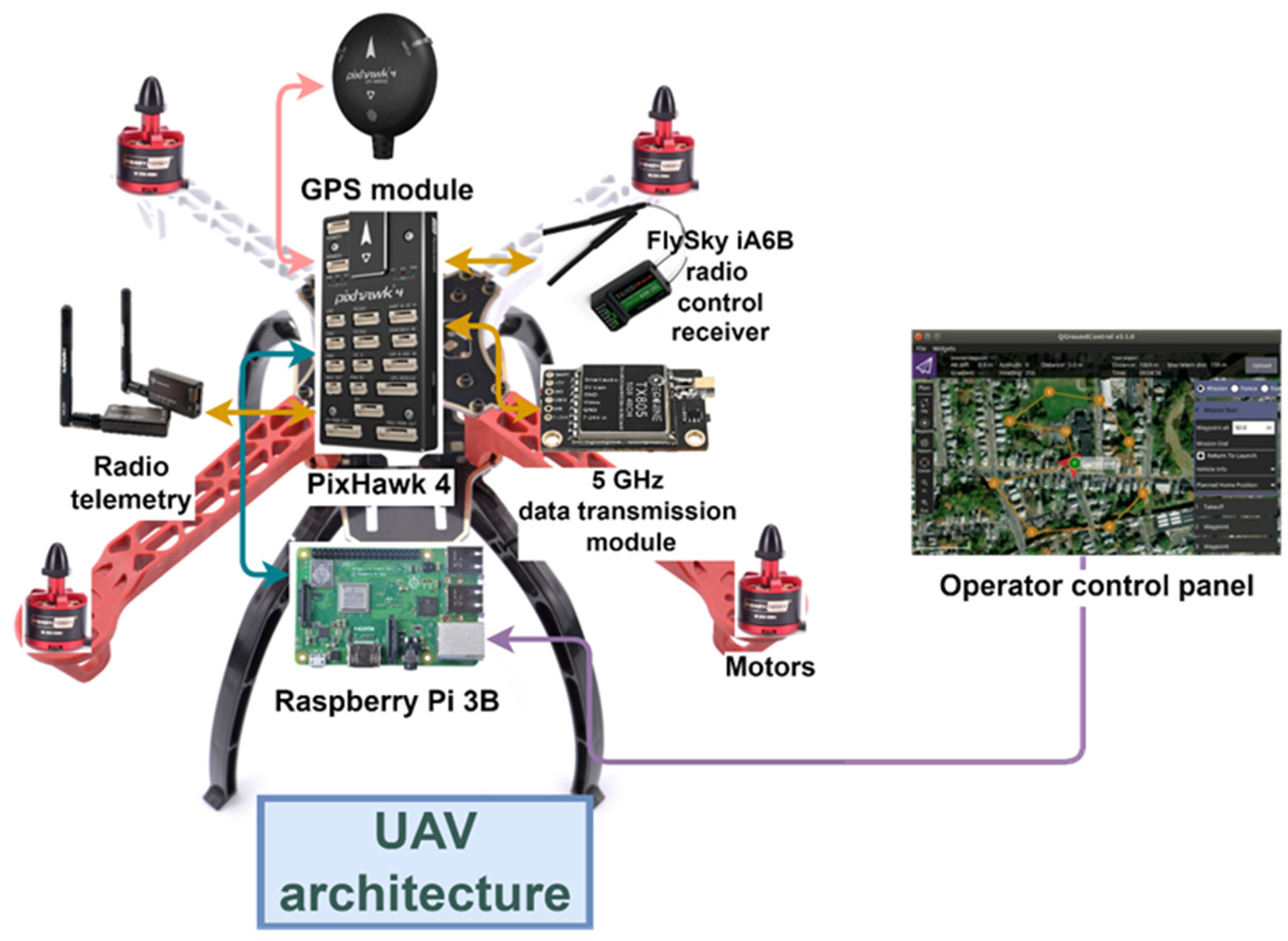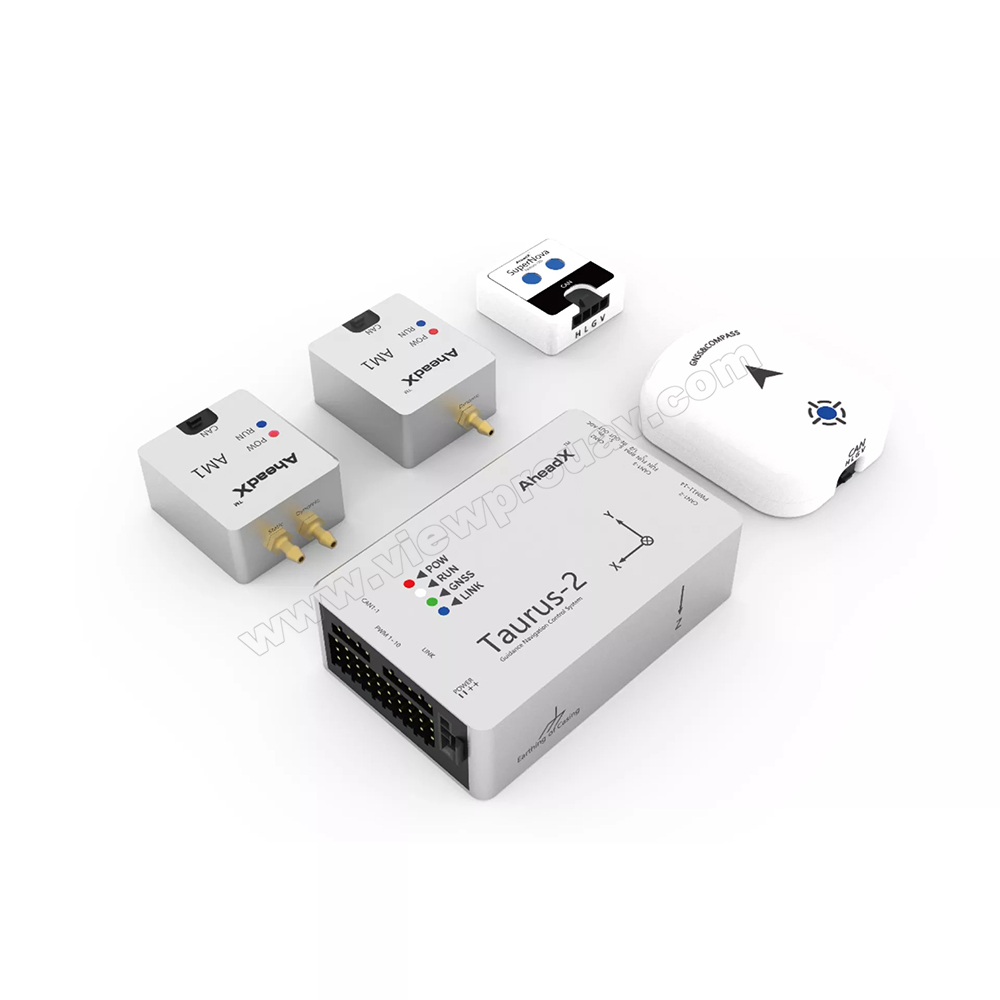Why Select SparkNavi Drone Flight Controller and GNSS/INS Made in Taiwan for Advanced Navigation
Why Select SparkNavi Drone Flight Controller and GNSS/INS Made in Taiwan for Advanced Navigation
Blog Article
Discovering the Function of Drone Flight Controllers in Enhancing Flight Stability and Navigating Effectiveness
The advancement of drone technology has considerably enhanced the significance of trip controllers, which serve as the mind of these airborne lorries. By incorporating real-time information from a selection of sensors, flight controllers improve flight stability and navigation performance, making certain that drones can operate efficiently even in complex environments.

Recognizing Trip Controllers
Flight controllers are essential elements in the functioning of drones, acting as the brains that stabilize and handle flight operations. These advanced devices process information from numerous sensing units, including accelerometers, gyroscopes, and GPS, to guarantee that the drone maintains its intended trip path. The flight controller analyzes this information and implements commands based upon pre-defined formulas, making it possible for the drone to react to ecological modifications, such as wind or challenges.
The main function of a flight controller is to keep stability during trip. It attains this by making real-time modifications to the drone's motors and control surface areas, making certain balance and control. Additionally, contemporary trip controllers include innovative attributes such as waypoint navigation, enabling automated flight paths and improved functional effectiveness.
Comprehending the architecture of trip controllers is crucial for both hobbyists and experts. They generally include a microcontroller, firmware, and numerous interfaces for sensing unit input and interaction. As technology advances, flight controllers have actually come to be a lot more qualified and compact, incorporating expert system to improve decision-making procedures and adapt to complicated flight circumstances. This development signifies a pivotal growth in the drone industry, leading the way for more advanced applications and more secure procedures.
Key Parts of Trip Stability
Attaining optimum flight stability in drones counts on numerous key elements that function in concert to make sure controlled and smooth operations. Central to this stability is the trip controller itself, which refines data from various sensors to preserve the wanted trip perspective. This consists of accelerometers and gyroscopes that determine movement and alignment, permitting real-time adjustments to the drone's position.
Another vital part is the digital speed controllers (ESCs), which control the power supplied to the electric motors. By carefully tuning motor rates in response to trip controller commands, ESCs help preserve balance and counteract disturbances caused by wind or unexpected movements.
Additionally, the design of the drone's structure plays a critical role in trip security. A well-structured structure lessens resonances and improves the general wind resistant account, adding to smoother trip attributes. Lastly, the combination of sophisticated algorithms within the trip controller help in predictive adjustments, guaranteeing a versatile and receptive trip experience.
With each other, these parts form a natural system that improves a drone's stability, allowing for specific handling and improved performance in various trip conditions.
Navigating Efficiency Methods
Efficiency in navigation is vital for optimizing drone operations, specifically in complicated settings. Effective navigation techniques boost the ability of drones to pass through tough surfaces and avoid challenges, consequently improving functional effectiveness and security.
One prominent method is the implementation of sophisticated general practitioners and inertial dimension units (IMUs) that supply precise place monitoring and positioning information. These innovations permit drones to calculate ideal trip paths in real-time, taking into helpful resources consideration different factors such as wind conditions and possible obstacles.
One more strategy involves making use of formulas for path planning and optimization. Formulas such as A * and Dijkstra's formula can be deployed to determine the most efficient path while minimizing energy intake and trip time. Integrating device discovering versions can allow drones to adaptively discover from their atmospheres, boosting navigating capacities via experience.

Influence On Autonomous Drones
The assimilation of innovative navigating strategies has actually greatly transformed the capabilities of independent drones, enabling them to operate with greater autonomy and precision. SparkNavi drone flight controller and GNSS/INS made in taiwan. These enhancements are primarily attributed to sophisticated flight controllers that make use of real-time information processing and sensor combination, enabling drones to navigate complex environments effortlessly
The effect on self-governing drones prolongs beyond simple navigation; it encompasses improved obstacle evasion, boosted security throughout dynamic conditions, and raised mission reliability. By leveraging algorithms that include artificial intelligence and expert system, drones can adjust to altering circumstances, making informed choices that enhance their flight paths while lessening dangers.
Furthermore, the implementation of durable flight controllers has promoted the implementation of complex jobs, such as aerial evaluations, delivery solutions, and farming tracking, with minimal human treatment. This ability not only streamlines procedures but likewise reduces human mistake, thus enhancing total security.
Consequently, the functional great post to read extent of self-governing drones has broadened substantially, making them important devices in different industries. Their capability to carry out effectively in diverse scenarios emphasizes the essential role that advanced flight controllers play fit the future of unmanned aerial systems.
Future Fads in Flight Control
Often, advancements in trip control modern technology are positioned to redefine the landscape of drone operations in the coming years. Arising trends suggest a substantial shift in the direction of improved artificial intelligence (AI) combination, making it possible for flight controllers to process real-time information more effectively. This advancement will help with better decision-making capabilities, enabling drones to adapt to dynamic environmental conditions autonomously.
Additionally, the execution of machine knowing formulas is anticipated to enhance anticipating maintenance, consequently minimizing downtime and expanding the lifecycle of drone components. This proactive method to upkeep will certainly be critical as drone applications expand throughout numerous industries, from agriculture to logistics.

.jpg)
Lastly, advancements in protected communication procedures will deal with security and governing concerns, ensuring that drones can run perfectly in busy airspaces (SparkNavi drone flight controller and GNSS/INS made in taiwan). Jointly, these patterns point towards a future where flight control systems are not just smarter and extra reliable yet additionally qualified of running safely in an increasingly integrated airspace
Conclusion
To conclude, drone trip controllers are important to improving flight stability and navigating performance through the sophisticated handling my latest blog post of sensing unit information. By keeping ideal trip attitudes and utilizing sophisticated algorithms for path optimization and obstacle avoidance, these controllers significantly add to the freedom and operational safety and security of drones. As technology remains to advance, further advancements in trip control systems are prepared for, guaranteeing improved efficiency and expanded capacities in the realm of unmanned aerial cars.
By incorporating real-time data from a range of sensors, trip controllers boost trip security and navigation performance, making certain that drones can run smoothly even in complicated settings.Flight controllers are essential components in the performance of drones, offering as the brains that support and manage trip procedures. Furthermore, modern trip controllers integrate innovative functions such as waypoint navigating, enabling for automated flight paths and enhanced functional performance.
Central to this security is the flight controller itself, which processes data from various sensing units to preserve the preferred trip mindset.In conclusion, drone trip controllers are indispensable to enhancing flight security and navigation effectiveness through the innovative processing of sensor information.
Report this page